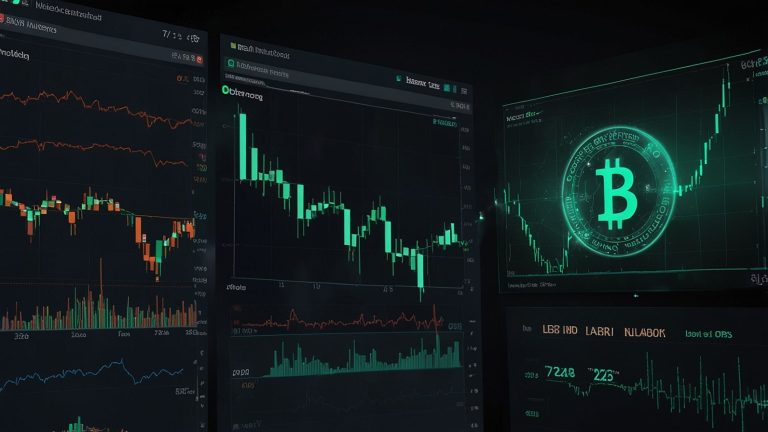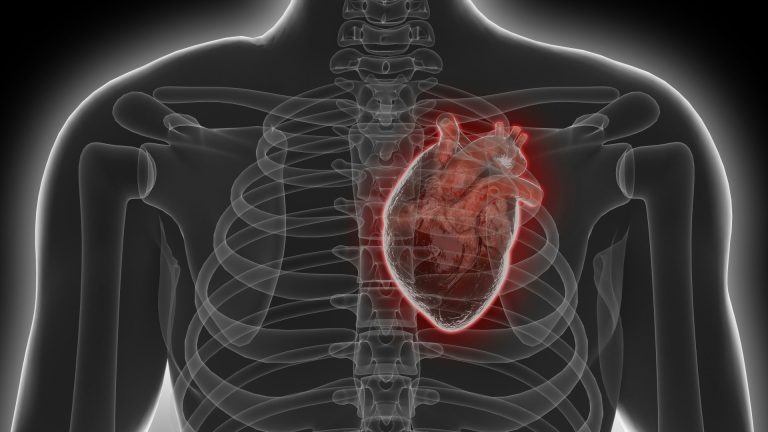Strong leadership drives success in business. Businesses can build leaders through leaders’ development and leadership training. While both help improve leadership, they use different approaches. Here are the key differences between the two and how each helps enhance leadership management.
What Is Leader Development?
Leader development focuses on long-term personal growth. It is meant to shape the mindsets of the leaders, their values and their approach to leadership. It is not a one-off training but a gradual process that makes use of reflection, mentorship and real-world challenges to make the leaders strategic. For example, a manager may work with a coach over several months to refine decision-making skills.
What is Leadership Training
Leadership training involves the impartation of specific skills for immediate use. It involves structured programs, such as workshops or seminars, to teach defined techniques or behaviors. The focus is on quick, measurable improvements in performance. Example: Your business can run a one-day session on effective delegation, where participants learn and practice specific methods.
Differences between the Trainings
Both trainings differ in many ways. Here are the key differences.
Scope
Leader development is holistic training. It aims to transform how the leader thinks, behaves, and leads over time. It helps leaders undergo an internal transformation while preparing for complex roles. On the other hand, leadership training provides specific skills that the team may be lacking so that they are applied as soon as the training is over.
Training Timeframe
Leader development is a long-term process, which may take months or years. It relies on ongoing feedback, real-world experience, and personal reflection. There are milestones to be met, but the timelines depend on the leader being trained. On the other hand, leadership training is usually short, usually hours or days, to help the trainees acquire a specific skill.
Customization of the Content
Leader development is highly personalized. It often involves one-on-one coaching or tailored experiences to address individual strengths and weaknesses. This content cannot be replicated on other leaders because it works for the leader’s specific needs. However, leadership training is standardized and structured. It offers uniform content to groups and can be repeated and replicated over time.
Focus on Outcomes
Leader development aims to achieve lasting behavioral change. This prepares individuals for future challenges or higher roles. For instance, it might help a manager become a visionary executive. It is not a specific skill, but an all-round training to enhance the general delivery of company goals.
On the other hand, leadership focuses on creating specific capabilities. For example, XXX ways to enhance people management, customer service, CRM management or communication. The impact of such skills needs to be felt immediately after the training ends. Here is an example of how focus differs in both. A startup that wishes to fix customer service gaps might choose training. However, a corporation planning for succession might invest in development.
Delivery Methods
Leader development often uses experiential learning, such as job rotations, stretch assignments, or reflective exercises. It is usually a combination of formal and informal settings. However, leadership training relies on formal settings, like classroom sessions or online courses, with clear curricula and measurable objectives.
Where Do You Apply Both?
If you are a sales manager aiming for a director role, leadership training might teach you negotiation techniques in a two-day seminar. This would provide instant tools to close deals. However, leader development might involve a year-long mentorship to build strategic thinking and emotional intelligence for broader leadership responsibilities.
Here is another example: If your business is facing team conflicts, you may train supervisors in mediation skills. However, if you need a long-term cultural improvement, you may go for leader development with a focus on fostering empathy and collaboration through ongoing coaching and feedback.
Final Thoughts
Leader development and leadership training are distinct approaches to building leaders. Organizations should know when to use each to enhance their leaders’ capabilities. Development is a long-term, personalized process that transforms mindsets and behaviors. However, training is a short-term, standardized method for teaching specific skills.












 Bitcoin
Bitcoin  Ethereum
Ethereum  Tether
Tether  XRP
XRP  USDC
USDC  Wrapped SOL
Wrapped SOL  TRON
TRON  Lido Staked Ether
Lido Staked Ether  Cardano
Cardano  Avalanche
Avalanche  Toncoin
Toncoin